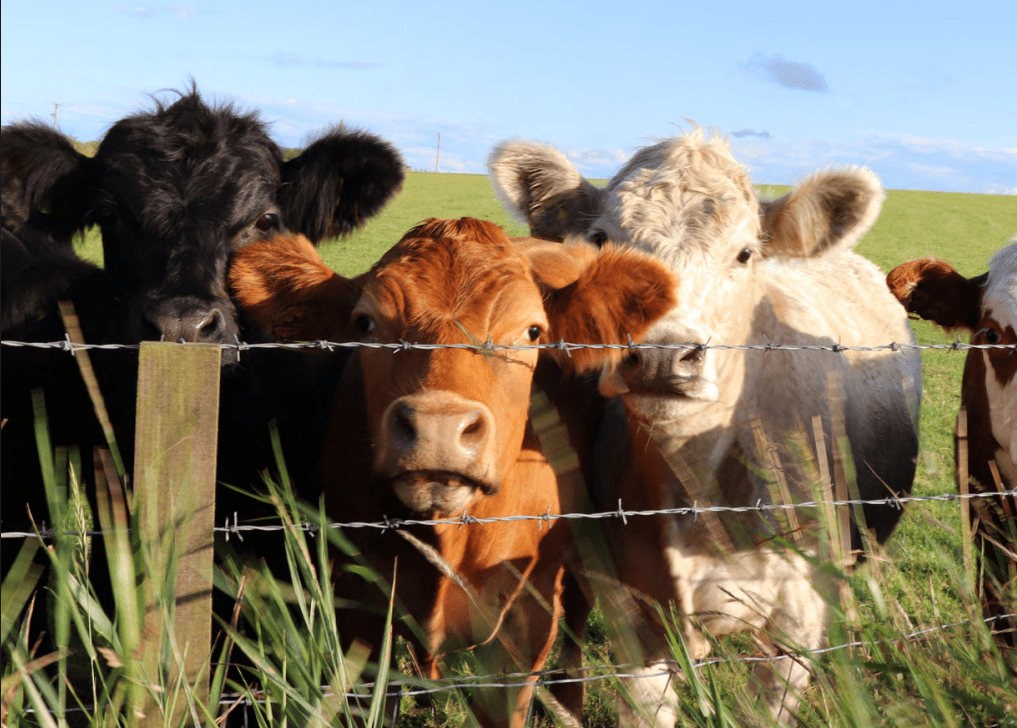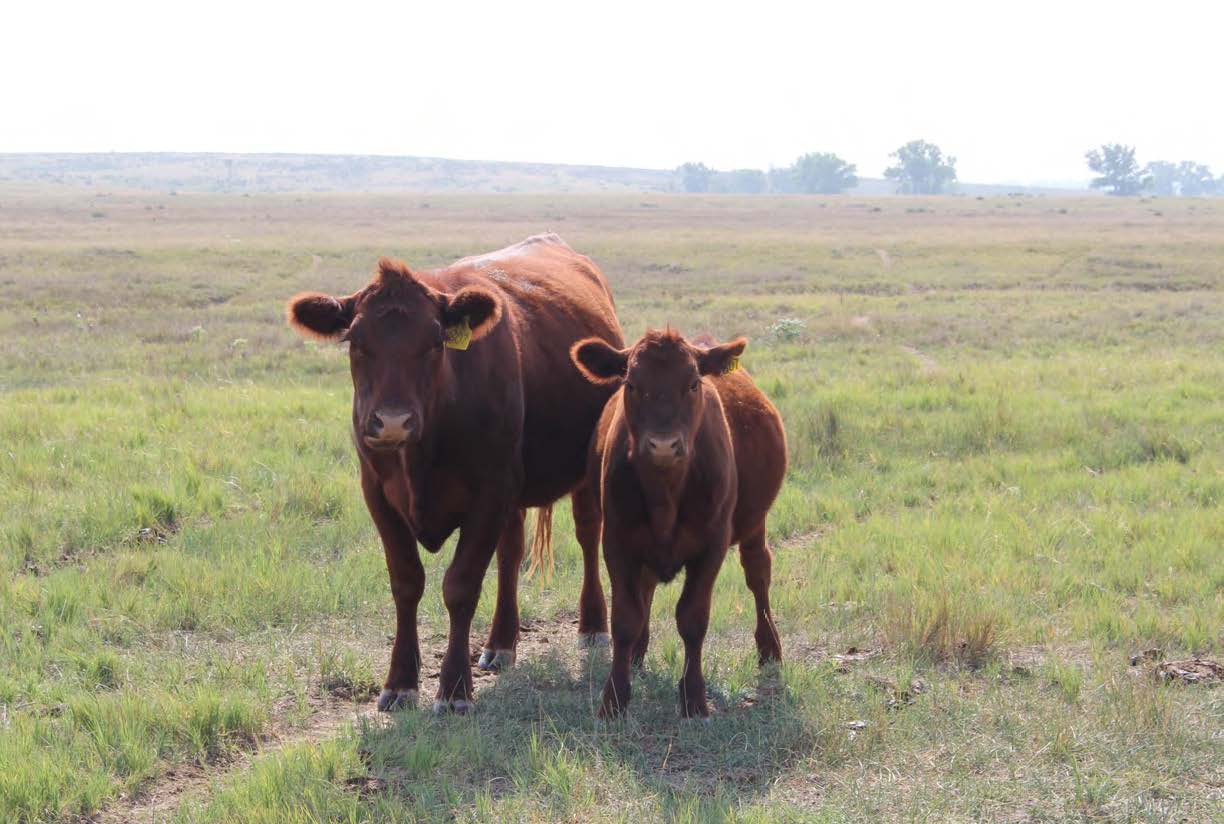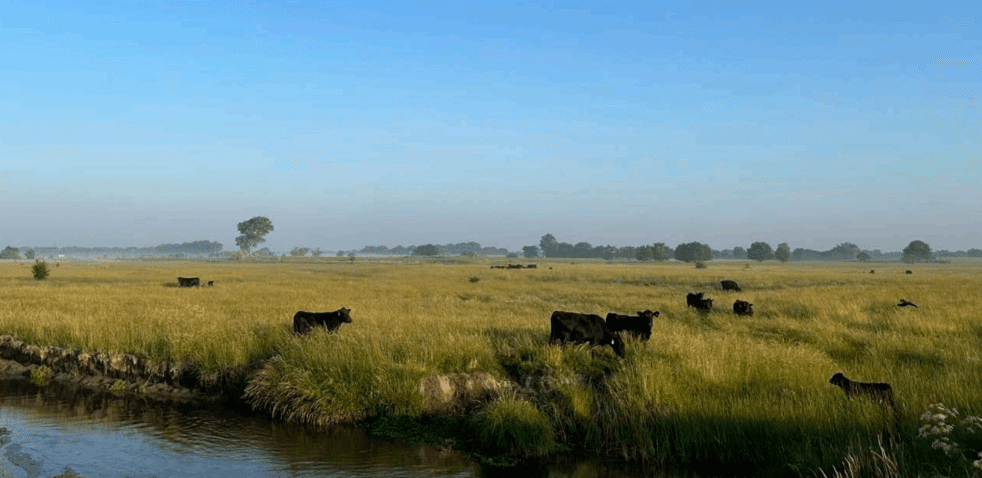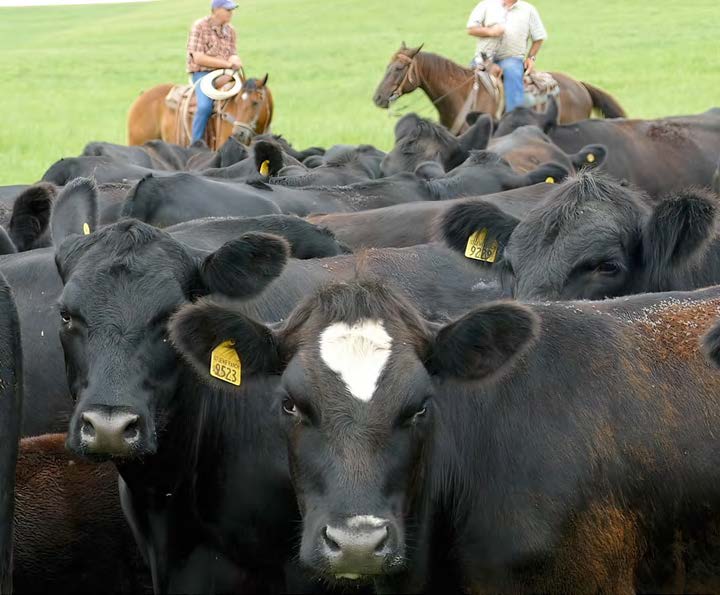

During the summer grazing months, many producers run into issues with lame cattle.
The effects of lameness may show itself by decreased fertility, weight loss, decreased performance, and increased labor and medicine costs.
It has been estimated that 88-92% of lameness in cattle stems from the foot.
Several issues could be the culprit, but we will review some of the common causes and the key differences between the clinical signs.
It is a good idea to contact your local veterinarian to create a treatment plan for these conditions prior to the grazing season.

The first way to determine the cause of lameness is to observe obvious swelling.
The swelling most commonly affects the lower limb, indicating the area of inflammation just above the hoof.
It is important to distinguish if the swelling is symmetrical (equal on both sides of the foot), or asymmetrical (only affecting one side).
Swelling may also be noticed affecting single or multiple joints in both calves and cows.
Footrot is a common disease process that occurs in pasture cattle.
Footrot is a bacterial infection of the foot that manifests itself with symmetric swelling encompassing the lower limb just above the hooves.
Upon closer inspection, producers will notice a crack in the skin between the hooves and a foul pungent odor.
Thankfully, there are several approved and highly efficacious injectable antibiotic treatments available, and treatment is typically very rewarding when treated in the early stages of the disease.

With delayed or late treatment of cases, however, deeper structures of 30 stocker the foot (tendons, joints, even bone) may become involved.
Delayed treatment often requires extended therapy and leads to increased cull rates from the herd.
It is always important to closely inspect symmetric swelling cases in the pasture settings.
Wire, bale wrap, or other foreign bodies can wrap around and entrap the lower foot causing very similar symptoms as footrot.
If the swelling has a well demarcated line horizontally across the foot, further investigation in warranted.
The entrapping foreign body must be removed.
Single sided or asymmetric swelling of the foot often indicates a more serious condition in cattle.
This type of clinical sign is often the result of deep structure issues. Puncture wounds, sole abscesses, or chronic infections can cause single sided joint, bone, or tendon infections.
Extensive footwork on a tilt table or under sedation is often indicated in these cases. Contact your veterinarian when these cases are identified.
Single or multiple joint swelling with lameness can also be observed in pasture settings.

In calves, this is often the result of septic arthritis.
This is a bacterial infection of the joints. In very young calves, it can be the sequela of naval ill, or from bacteria that get into the blood stream.
It is not uncommon to see this condition a week to 10 days following a bout of respiratory disease with some pathogens as well.
Even with appropriate treatment, the inflammation in the joint often takes several weeks to resorb back into the body.
Joint swelling in mature animals can also occur. Many times, this is a result of an orthopedic break down.
Torn cruciate ligaments in the stifles of breeding bulls or hock damage from riding activity are examples of these conditions.
Consult with your veterinarian for potential treatment or course of action if these situations occur.

Obvious lameness to one or more limbs with no noticeable swelling can often be challenging to diagnose appropriately.
One of these conditions is called hairy heel warts, also known as digital dermatitis, or strawberry footrot.
These animals often display obvious lameness and will attempt to walk on the “tippy toe” of the foot.
Upon closer observation you will notice wart like growths or bright red scab lesions below the dewclaws and above the heel bulbs of the foot.
Topical treatment with an astringent or antibacterial solution is warranted for this condition.
The last condition we see more commonly in newly arrived stocker calves is called toe tip necrosis (toe abscesses).
These animals often appear with shifting lameness of the back legs.
They will usually stand in strange orientations to protect and get pressure off the of the damaged toe.

The rear, outside hooves are most often affected.
Treatment of these consists of picking up the feet and using hoof testers to confirm the condition.
Then the toes are slightly opened with hoof nippers to release the pressure. Without opening the toes, healing will not occur.
Lameness can be challenging to diagnose in field situation, but understanding the subtle differences will help with proper and timely treatment.
Visit with your veterinarian about treatment plans as well as any non-responsive lameness issues. Further diagnostics and treatment may be indicated.
 Dr. A.J. Tarpoff works with and serves the beef industry in every aspect of production from pasture to plate. He attended Kansas State University earning his B.S. from the Animal Sciences and Industry department, followed by his D.V.M. and M.S. degrees from the College of Veterinary Medicine. Following graduation in 2012, he practiced feedlot production medicine in Alberta, Canada. In 2016 he returned to the Department of Animal Sciences and Industry at Kansas State University and currently serves as an Associate Professor and the Beef Extension Veterinarian. A.J. has a 70% extension, 20% research, and 10% teaching appointment. He works closely with producers, practicing veterinarians, and members of industry to bring relevant extension and education that improves cattle health and the productivity of the beef industry.
Dr. A.J. Tarpoff works with and serves the beef industry in every aspect of production from pasture to plate. He attended Kansas State University earning his B.S. from the Animal Sciences and Industry department, followed by his D.V.M. and M.S. degrees from the College of Veterinary Medicine. Following graduation in 2012, he practiced feedlot production medicine in Alberta, Canada. In 2016 he returned to the Department of Animal Sciences and Industry at Kansas State University and currently serves as an Associate Professor and the Beef Extension Veterinarian. A.J. has a 70% extension, 20% research, and 10% teaching appointment. He works closely with producers, practicing veterinarians, and members of industry to bring relevant extension and education that improves cattle health and the productivity of the beef industry.
Get all Doc Talk episodes straight to your email inbox!